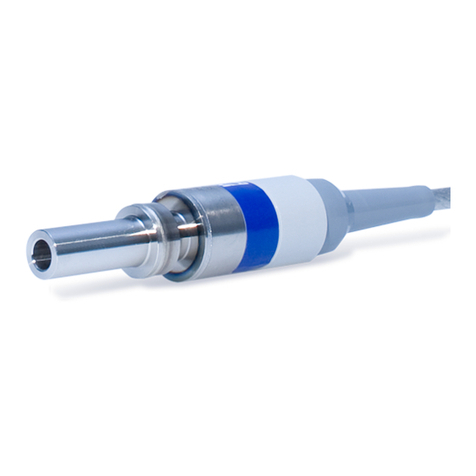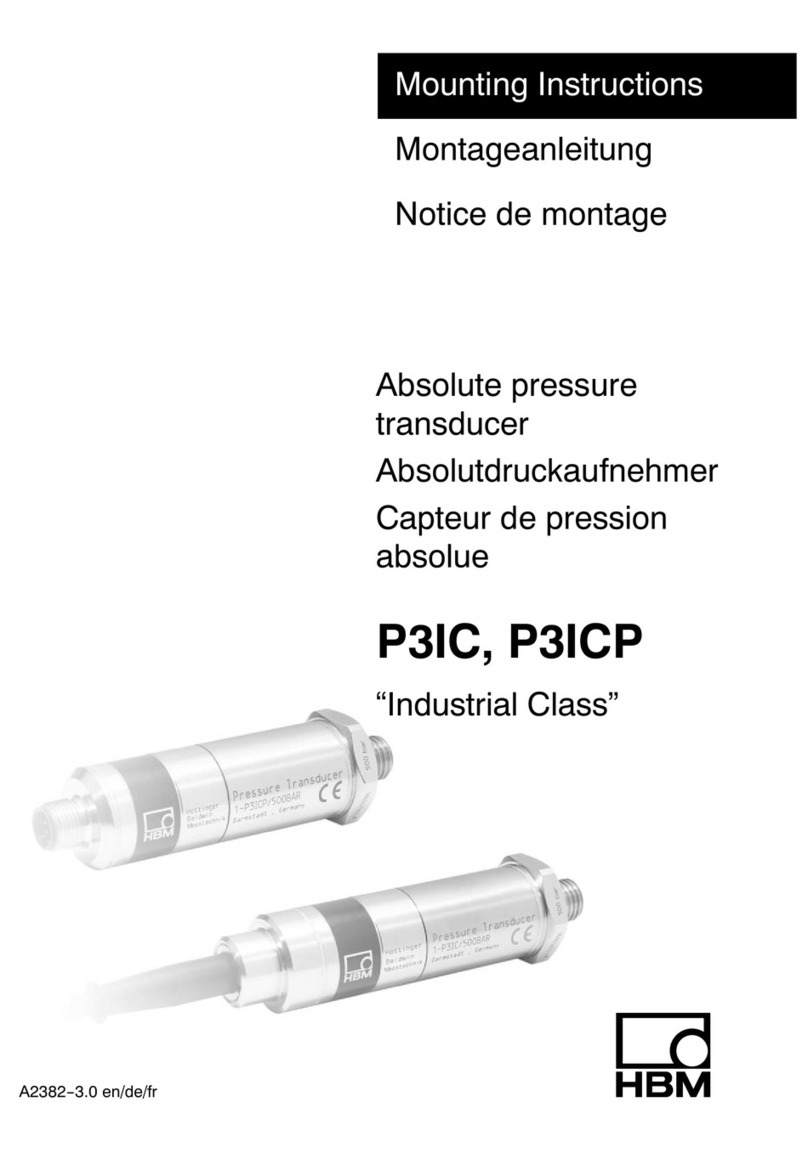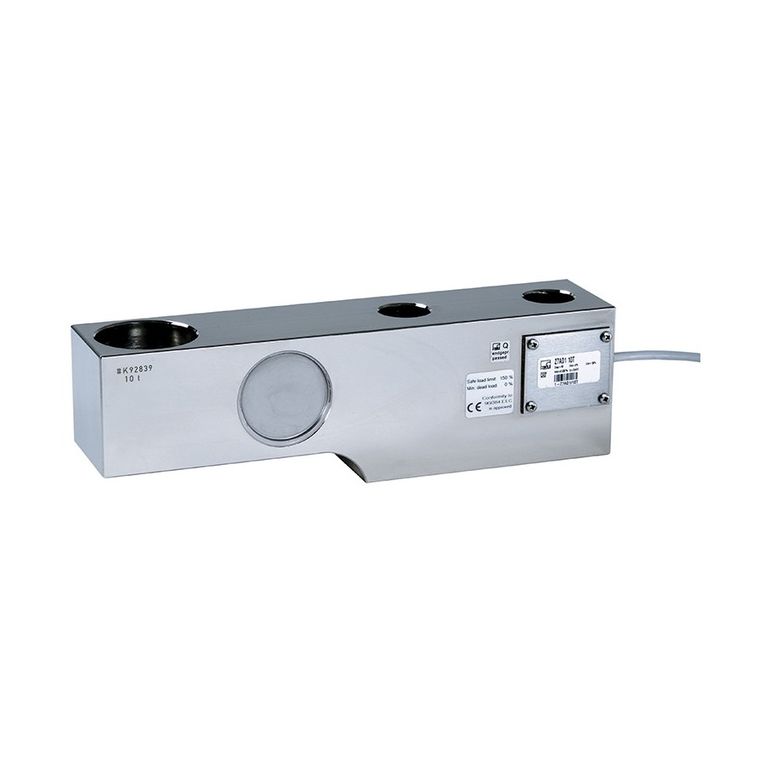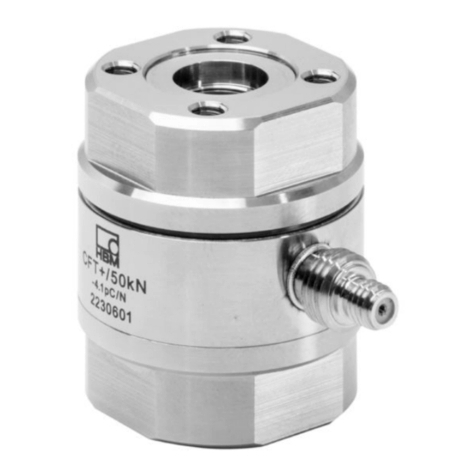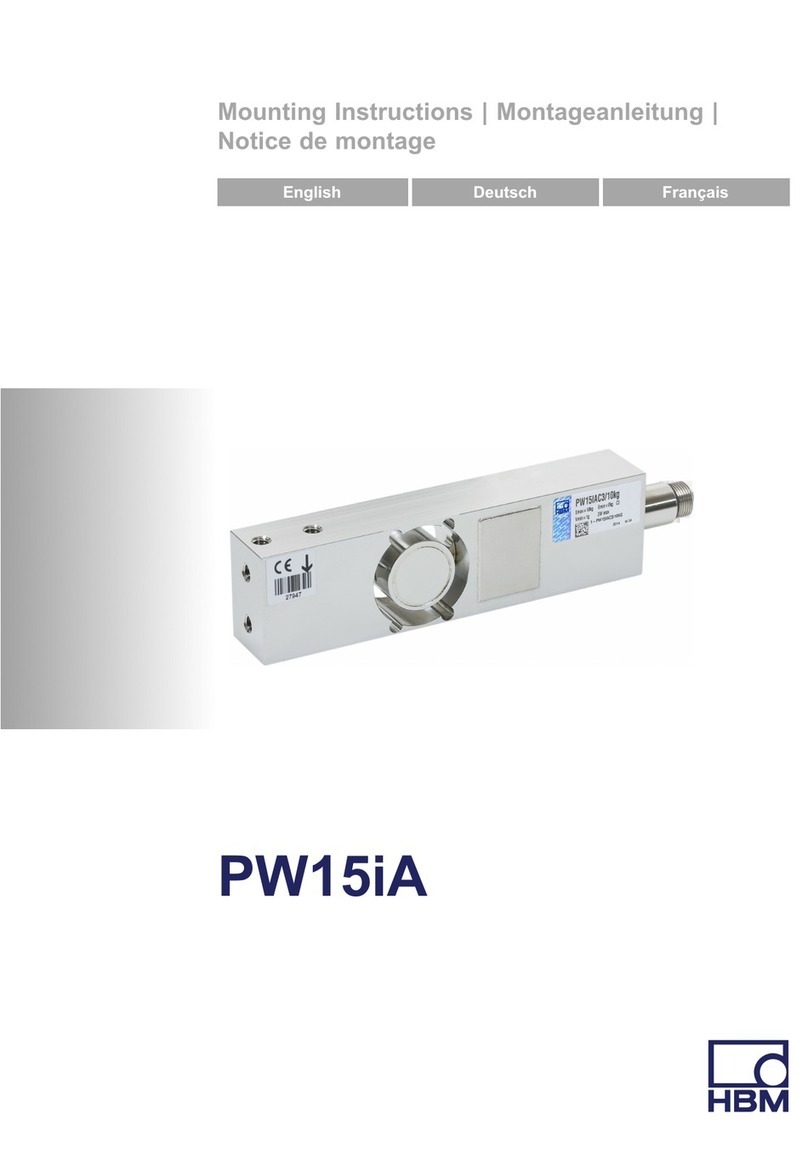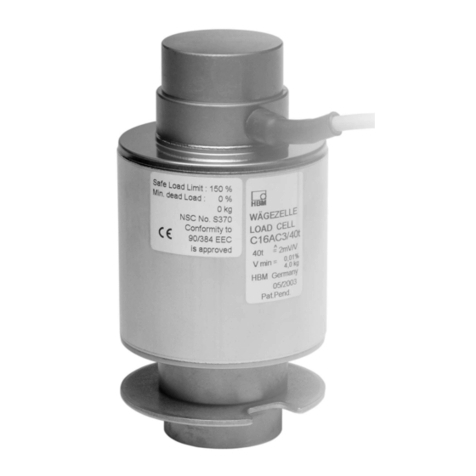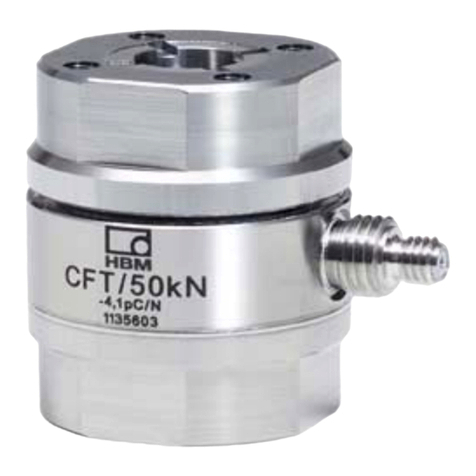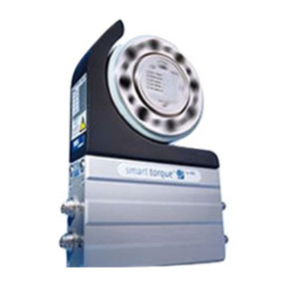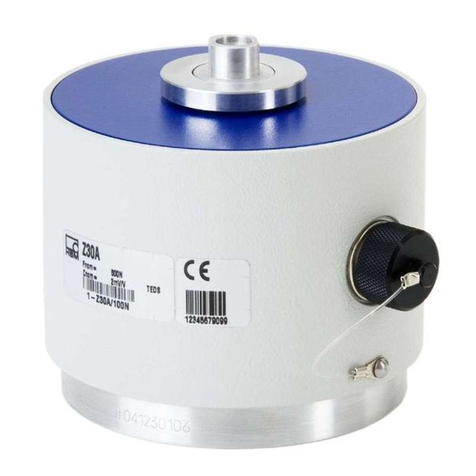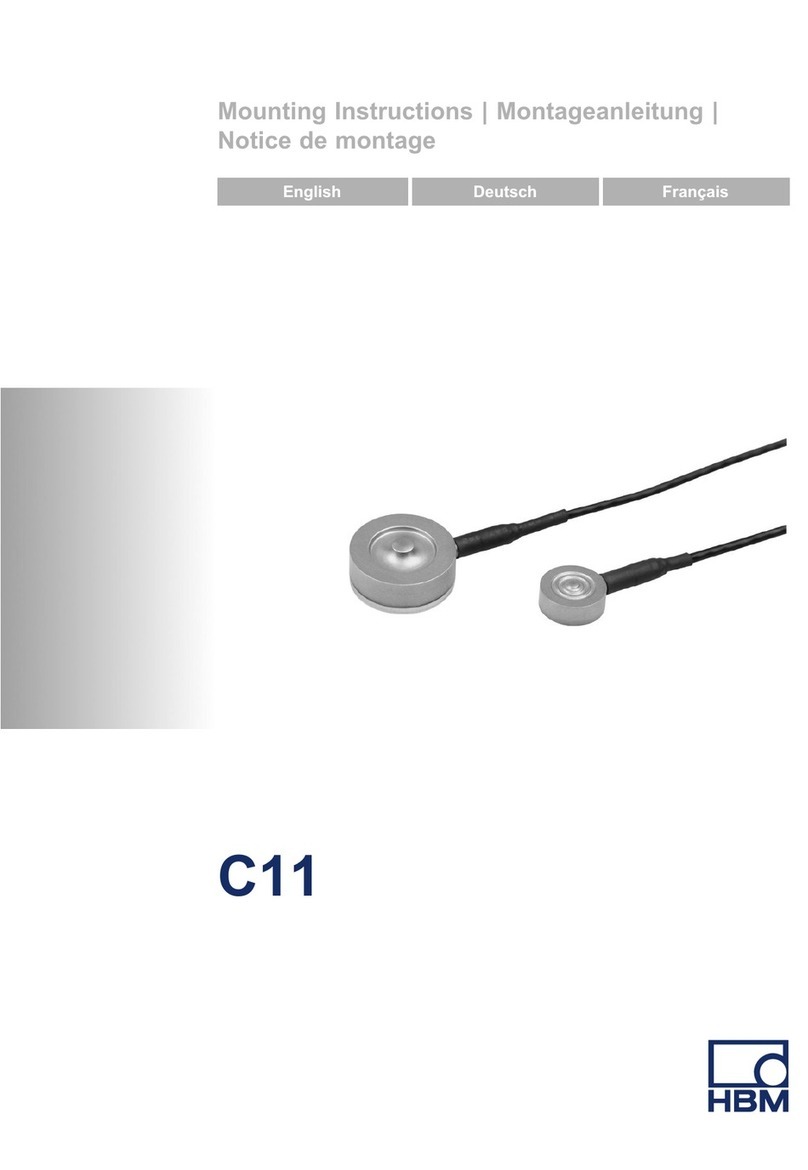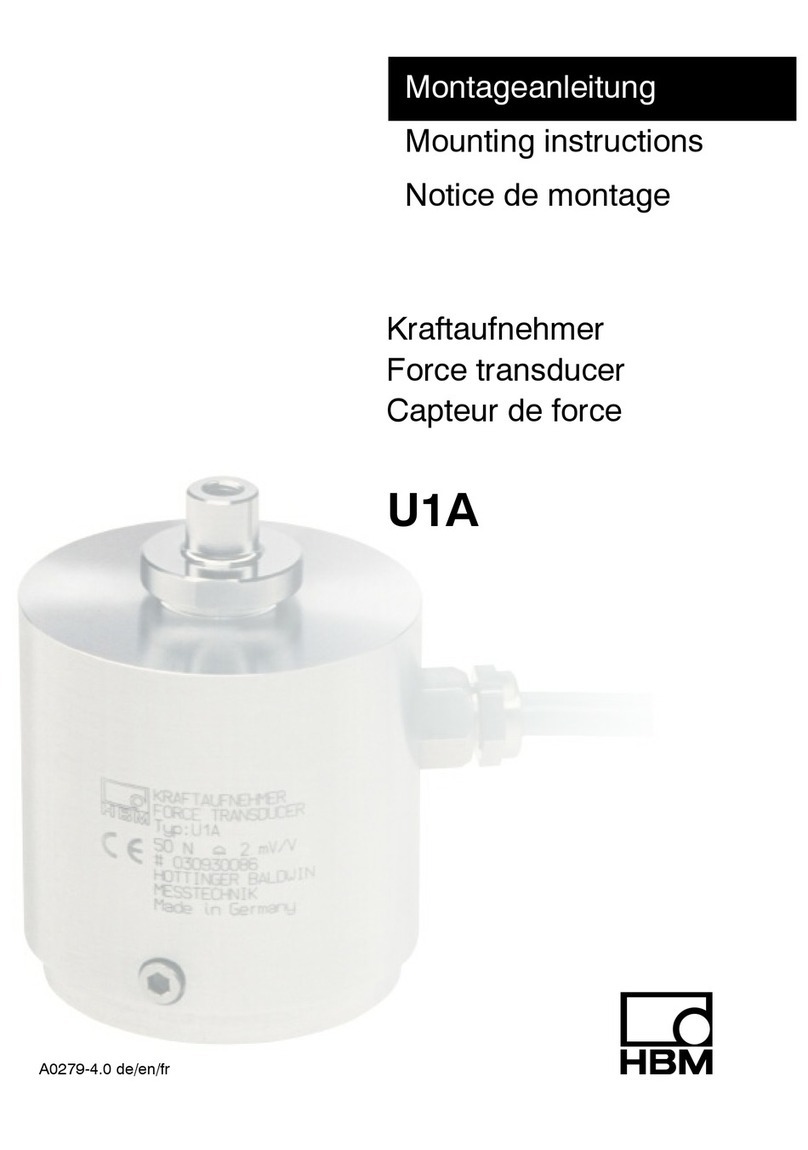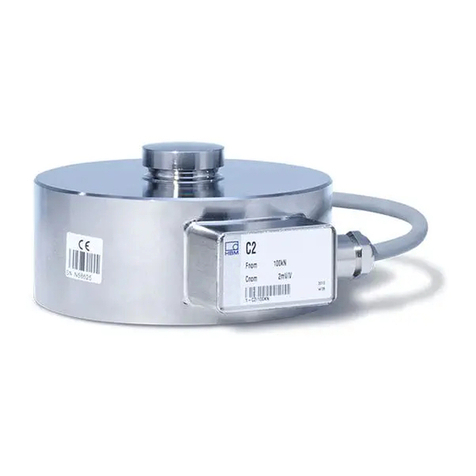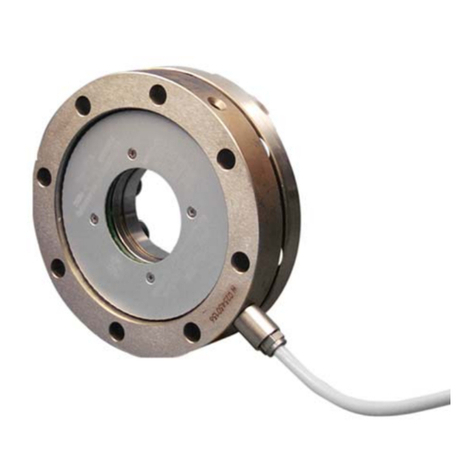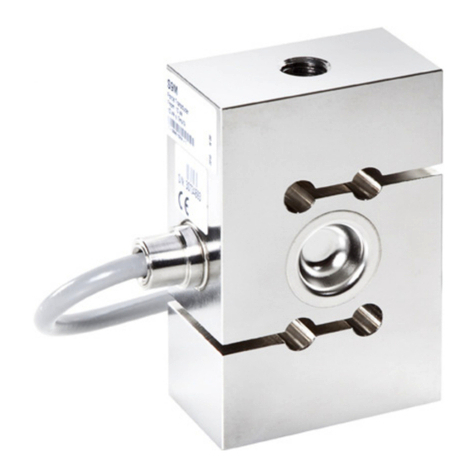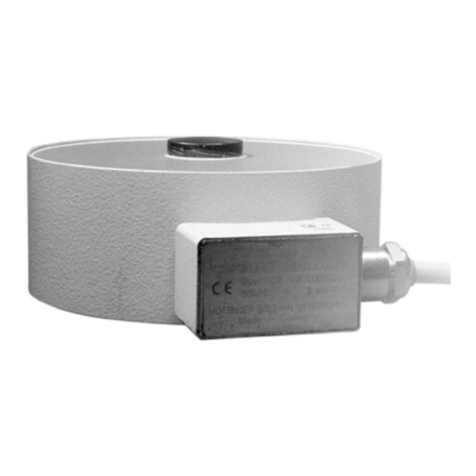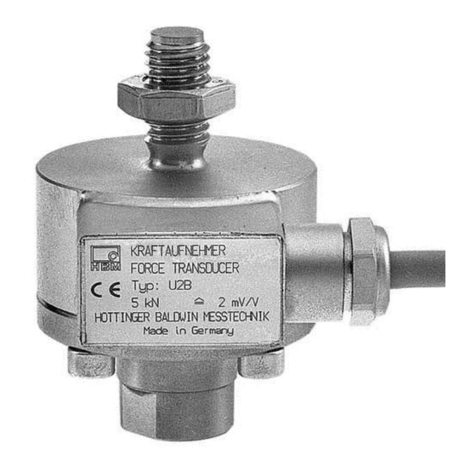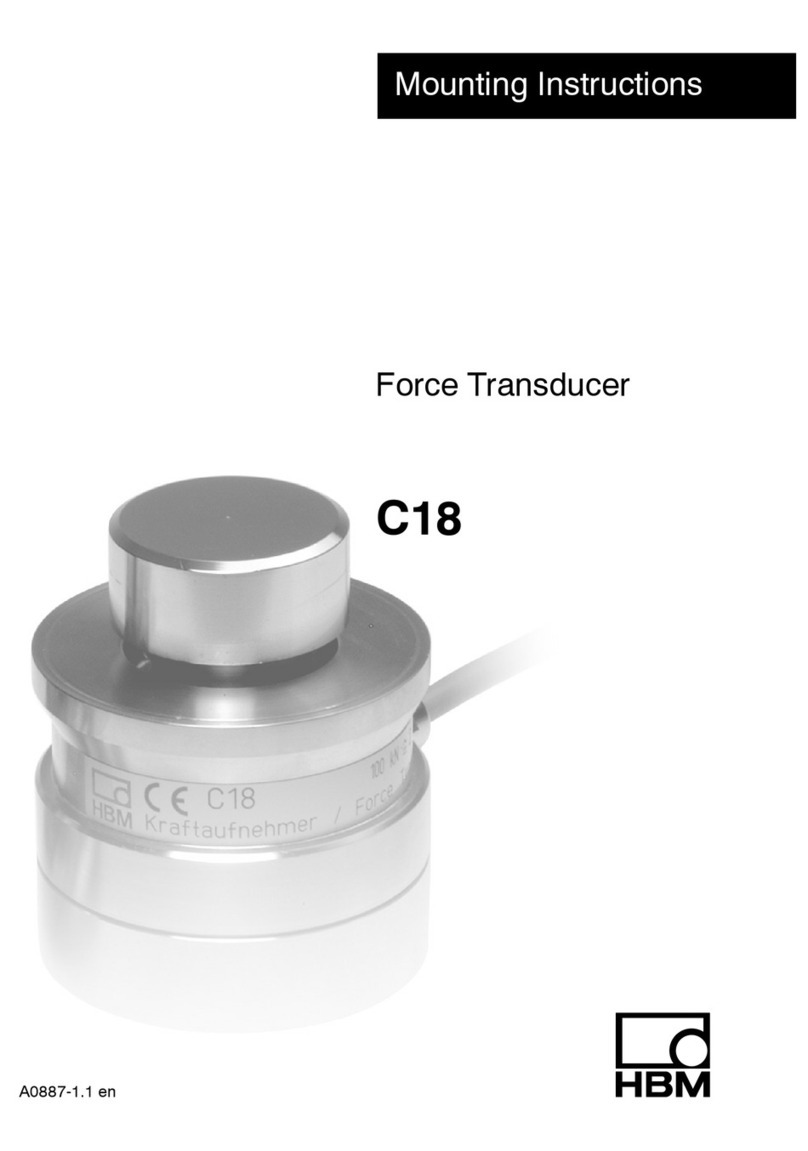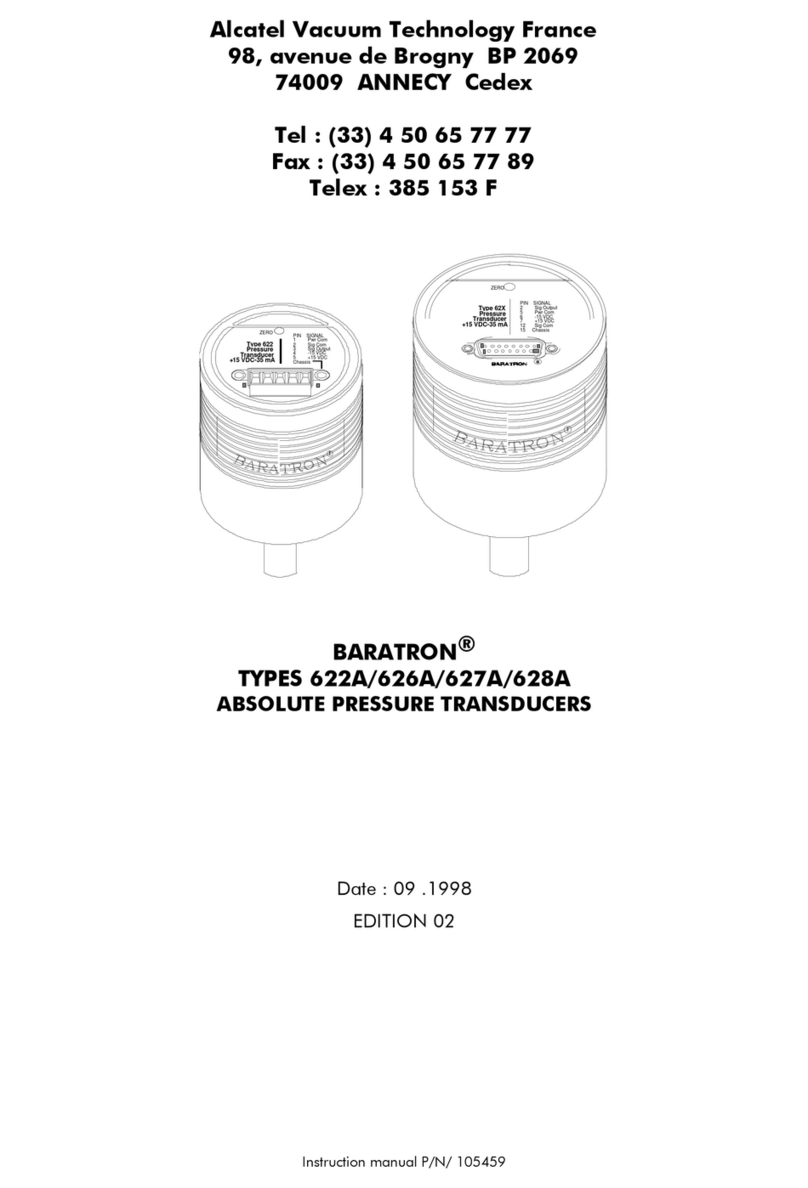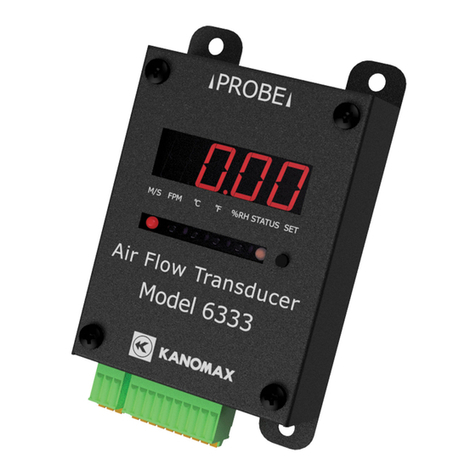
TB2
8
A0884-5.0 en/deHBM
2 Application
The transducer can measure static and dynamic torques in non‐rotating op
eration. The nominal (rated) torques lie between 100 N⋅m and 10 kN⋅m.
Transfer torque transducer
The main applications are the transfer of torque, e.g. when calibrating refer
ence transducers in test and calibration equipment, and the comparison of ref
erence standards in different calibration laboratories.
A high degree of comparability is important in transfer transducers. Compara
bility is, with regards to transfer of torque, a parameter for different observers,
test conditions, laboratories, installation and time situations. The same instal
lation conditions must be reproduced as in the calibration with reference stan
dard or calibrated with appropriate adapters when transfered.
Reference torque transducer
Reference torque transducers are installed in a calibration device and subse
quently the entire calibration unit is qualified or certified, for instance with a
transfer torque transducer. The exact sensitivity of the transducer is therefore
of secondary importance.
General torque measurements in non‐rotating operation
Due to the high mechanical loading capacity, the permissible oscillation width
of 200 % (160 % at 3 to 10 kN⋅m) of the nominal (rated) torque and the com
pact design, this transducer is also high suitable for applications in test ma
chines for component tests (rotation reversal cycling). A design with degree of
protection IP67 per EN 60529 is optionally available.
3 Structure and mode of operation
The torque reference transducer consists of a measuring body, installed with
strain gages, with a flange‐type torque application. The SG are arranged so
that an optimal torque flow is ensured between the flange and the SG installa
tion point.







